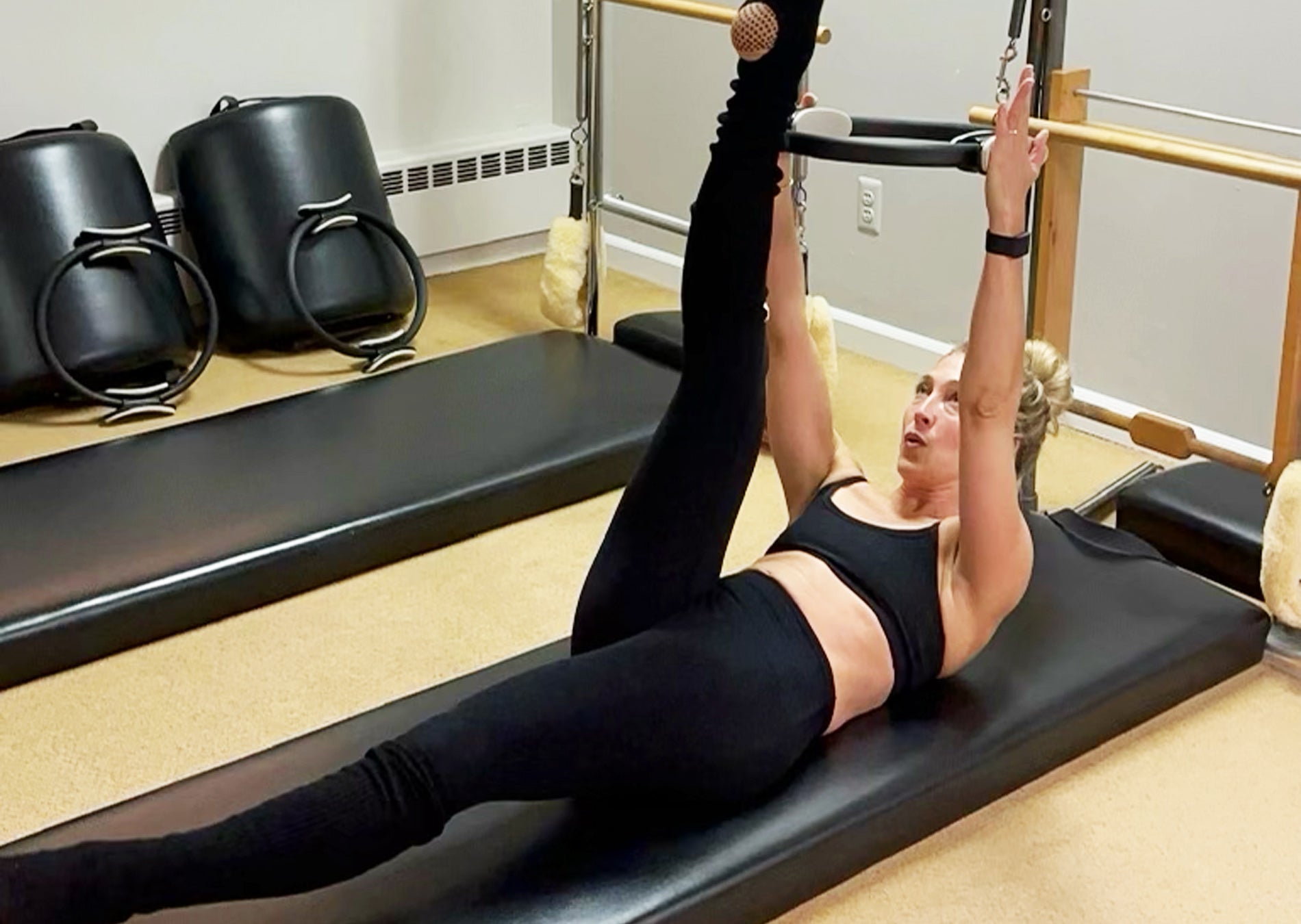A/B Workouts: VO2 max versus zone 2
You’ve heard Sarah mention A and B workouts—but do you totally understand why they’re important? “A” Workouts, also known as VO2 max, strengthen the capability of your heart, increase lung capacity, and your overall work output. These workouts maximize muscle strength and performance.
Zone 2 exercise, also known as “B” Workouts, are necessary for recovery and improving overall cardiac function. “B” Workouts are important for helping train the body to be in fat-burning mode. There is less need for recovery due to less acidic build up. You can even do this type of exercise everyday.
Both “A” and “B” workouts are essential to incorporate into your fitness routine. Here, we break down the science of why they’re so important and how you can start doing them now.
“A” or VO2 Max Workouts
- These should make up 20% of your training
- This type of anaerobic exercise primarily uses your fast twitch muscles, or the larger muscle fibers that rely mostly on glucose
- The more you reach your VO2 max, the more your body uses these larger, faster muscle fibers and the more you are in glucose burning mode
- These workouts trigger a stress response in the body to get the heart rate high. Stress response also helps elevate blood glucose so there is a constant supply for the fast-twitch fibers.
- Examples: sprinting, heavy weight lifting, fast cycling, HIIT training or running up hill (anything fast/ quick and that gets your heart rate to its max)
- “A” workout classes would include: SoulCycle, Orange Theory, Rumble, Barry’s Bootcamp and Dogpound
- Post workout requires adequate recovery to get the lactic acid out of your muscles and to restore the lost glycogen (glucose stores) you utilized to fuel these muscle fibers.
“B” Workouts or Zone 2 Workouts
- These aerobic workouts should make up 80% of your training
- These exercises are good for strengthening your heart and improving lung capacity, heart health, and capillary bed distribution in your muscles.
- “B” workouts uses slow-twitch muscle fibers with slow movements and lower target heart rates
- With more training and using of these slow-twitch fibers, the more you will be in a fat-burning mode. This also means less fatigue.
- During this exercise your heart rate is above resting but is not in a strenuous state. It’s less stressful on the body and causes less acid buildup.
- Examples: walking, hiking, slow jogs, yoga, barre and pilates
- “B” workout classes would include: CorePower, Pure Barre, SLT, Solidcore and Club Pilates
- Your target heart rate should be in between 60-70% of your maximum heart rate.
Need a guide to kick off your fitness journey? Check out Sarah’s recommendations for both beginner and more advanced workout routines.
Beginner:
Monday- Walk (B)
Tuesday- off
Wednesday- Cardio Barre Class (A)
Thursday- pilates or Yoga (B)
Friday- 45 minute strength training (A)
Saturday- Off
Sunday- Walk (B)
Intermediate/Advanced:
Monday- pilates (B)
Tuesday- off
Wednesday- hour strength training (A)
Thursday- pilates (B)
Friday- 45 min HIIT (A)
Saturday- Off
Sunday- Yoga (B)
All of this is to say, your body needs more than one kind of movement practice for peak performance. The right combination of “A” and “B” workouts paired with proper nutrition will yield results.
Now that you have an understanding of “A” and “B” workouts—how are you going to incorporate them into your schedule? Tag us on Instagram to show us your workouts.



